Home>Articles>What To Do When A Smoke Detector Keeps Beeping
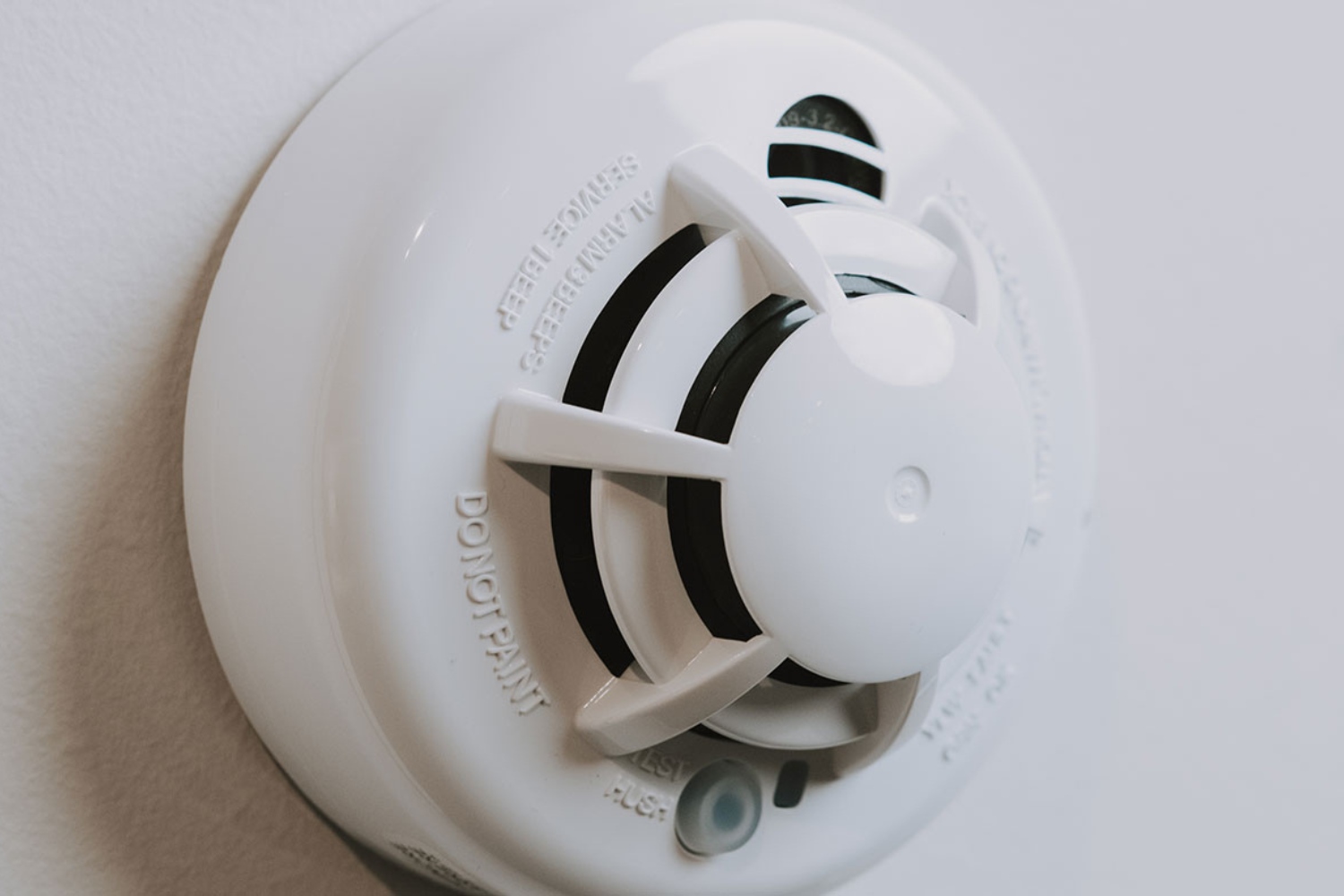

Articles
What To Do When A Smoke Detector Keeps Beeping
Modified: October 20, 2024
Discover helpful articles on what to do when your smoke detector keeps beeping. Find solutions to silence the beeping and ensure your home's safety.
(Many of the links in this article redirect to a specific reviewed product. Your purchase of these products through affiliate links helps to generate commission for Storables.com, at no extra cost. Learn more)
Introduction
Smoke detectors play a crucial role in keeping our homes and loved ones safe from the dangers of fire. They are designed to detect smoke and emit a loud alarm to alert us of potential fires. However, there may be instances when your smoke detector starts beeping continuously, causing annoyance and confusion. Understanding the reasons behind this beeping and knowing what steps to take can help address the issue and restore the functionality of your smoke detector.
In this article, we will explore the common causes of smoke detector beeping and provide troubleshooting steps to address the issue. Whether you have a hard-wired or battery-operated smoke detector, these steps can help you deal with the persistent beeping and ensure the proper functioning of your smoke detector.
Before diving into the troubleshooting steps, it’s essential to familiarize yourself with the different types of smoke detectors available. Understanding the specific type you have installed in your home will help you address the issue more effectively.
Key Takeaways:
- Regularly check and replace smoke detector batteries to prevent beeping caused by low power. Cleaning and proper installation are essential for effective smoke detector operation and minimizing false alarms.
- If troubleshooting steps don’t resolve the beeping, seek professional help. Certified technicians can diagnose and fix smoke detector issues, ensuring optimal functionality for home safety.
Read more: What Do 2 Beeps On A Smoke Detector Mean?
Understanding the Different Types of Smoke Detectors
There are primarily two types of smoke detectors: ionization and photoelectric. Ionization smoke detectors are more responsive to fast-flaming fires, while photoelectric smoke detectors are better at detecting slow-smoldering fires. Some smoke detectors are dual-sensor, combining both ionization and photoelectric technology to provide comprehensive coverage.
It’s important to note that different types of smoke detectors can have varying beeping patterns and causes. Knowing the specific type of smoke detector you have will help you narrow down the troubleshooting steps and find an appropriate solution.
Common Causes of Smoke Detector Beeping
Continuous beeping from a smoke detector can indicate several issues. The most common causes include:
- Low battery: When the battery power is running low, the smoke detector will emit a beeping sound to alert you to replace the battery.
- Dust or debris buildup: Over time, smoke detectors can accumulate dust, lint, or other debris, which can interfere with their sensors and cause false alarms or beeping.
- Improper installation: Incorrect installation of the smoke detector can trigger beeping. It’s essential to ensure that the smoke detector is installed according to the manufacturer’s instructions.
- Power interruption: In the case of hard-wired smoke detectors, power interruptions can lead to beeping. This can occur due to power outages, tripped circuit breakers, or faulty wiring.
Key Takeaways:
- Regularly check and replace smoke detector batteries to prevent beeping caused by low power. Cleaning and proper installation are essential for effective smoke detector operation and minimizing false alarms.
- If troubleshooting steps don’t resolve the beeping, seek professional help. Certified technicians can diagnose and fix smoke detector issues, ensuring optimal functionality for home safety.
Read more: What Do 2 Beeps On A Smoke Detector Mean?
Understanding the Different Types of Smoke Detectors
When it comes to keeping our homes safe from fire hazards, smoke detectors are an essential component of our overall safety plan. These devices are designed to detect the presence of smoke and sound an alarm, alerting occupants to potential danger. However, not all smoke detectors are created equal, and it’s important to understand the different types available on the market.
The two most common types of smoke detectors are ionization and photoelectric. Ionization smoke detectors are designed to detect the presence of fast-burning, flaming fires. They work by using a small amount of radioactive material to ionize the air inside the detector. When smoke particles enter the chamber, they disrupt the ionization process, causing the alarm to sound.
On the other hand, photoelectric smoke detectors are designed to detect the presence of smoldering fires, which produce more smoke than flames. These detectors use a light source and a photocell. When smoke particles enter the chamber, they scatter the light, triggering the alarm. This type of detector is particularly effective at detecting fires that start slowly and produce a significant amount of smoke.
In recent years, combination smoke detectors that utilize both ionization and photoelectric technologies have gained popularity. These dual-sensor detectors offer the advantage of being able to detect both fast-burning and smoldering fires, providing comprehensive protection.
When it comes to choosing the right type of smoke detector for your home, it’s essential to consider the specific risks in your living environment. For example, if you have a kitchen with high cooking activity, an ionization smoke detector may be a better choice due to its ability to quickly detect flames. On the other hand, if you have a lot of potential ignition sources, such as smoking areas or fireplaces, a photoelectric smoke detector may be more suitable.
It’s important to note that while smoke detectors are highly effective in alerting occupants to the presence of smoke, they are not foolproof. Factors such as the density of smoke, the distance between the fire and the detector, and the presence of barriers can affect their effectiveness. Therefore, it’s crucial to have multiple smoke detectors strategically placed throughout your home to ensure maximum coverage.
In summary, understanding the different types of smoke detectors available and their capabilities can help you make an informed decision when purchasing and installing these life-saving devices. Whether you choose ionization, photoelectric, or a combination smoke detector, the key is to have them properly installed, regularly tested, and equipped with fresh batteries. By doing so, you can significantly enhance the safety of your home and protect your loved ones from the devastating effects of fire.
Common Causes of Smoke Detector Beeping
Smoke detectors are designed to provide an early warning system in the event of a fire, but sometimes they can create frustration for homeowners when they start beeping incessantly. The consistent beeping sound can be frustrating and confusing, but it’s important to understand the common causes and take appropriate steps to address the issue.
- Low battery: One of the most common reasons for smoke detectors beeping is a low battery. When the battery power is running low, the smoke detector will emit a beeping sound as a signal to replace the battery. It’s crucial to regularly check the battery status of your smoke detectors and replace them as needed. A good practice is to change the batteries at least once a year, or sooner if the low battery signal is triggered.
- Dust or debris buildup: Over time, smoke detectors can accumulate dust, lint, or other debris, which can interfere with their sensors and cause false alarms or beeping. Regularly cleaning your smoke detectors can help prevent this issue. Use a soft brush or vacuum cleaner attachment to gently remove any accumulated dust or debris from the vents and sensors. This simple maintenance task can significantly reduce the likelihood of false alarms and keep your smoke detector functioning properly.
- Improper installation: Another common cause of smoke detector beeping is improper installation. If the smoke detector is not installed correctly, it can trigger false alarms or beeping. Ensure that the smoke detector is installed according to the manufacturer’s instructions, paying attention to the recommended height and location. Also, make sure it is securely mounted and not loose or wobbly. Proper installation is crucial for optimal performance and to prevent unnecessary beeping.
- Power interruption: For hard-wired smoke detectors, power interruptions can lead to beeping. This can occur due to power outages, tripped circuit breakers, or faulty wiring. If your smoke detector is hard-wired and experiencing beeping, check the power source to ensure it’s properly connected and that there are no issues with the electrical system. Resetting the circuit breaker or contacting a professional electrician may be necessary to address this problem.
- Expired smoke detectors: Smoke detectors have a limited lifespan and may need to be replaced after a certain number of years, typically around 10 years. When a smoke detector reaches its expiration date, it may start to beep to signal that it needs replacement. Check the manufacture date on the smoke detector and replace it accordingly to ensure continued functionality and safety.
By understanding these common causes of smoke detector beeping, you can troubleshoot the issue more effectively and restore the proper functionality of your smoke detector. Regular maintenance, proper installation, and prompt battery replacement are essential for keeping your smoke detectors in optimal condition and providing reliable fire detection in your home.
Read more: What Do 5 Beeps On A Smoke Detector Mean?
Troubleshooting Steps for Smoke Detector Beeping
Dealing with a smoke detector that keeps beeping can be frustrating, but there are several troubleshooting steps you can take to address the issue and restore the functionality of your smoke detector. By following these steps, you can determine the cause of the beeping and take appropriate action:
- Identify the specific smoke detector: If you have multiple smoke detectors in your home, try to identify which one is beeping. This will help you narrow down the troubleshooting process and focus on the problematic unit.
- Check the battery: Ensure that the smoke detector’s battery is not low or expired. If the low battery warning is triggered, replace the battery with a fresh one. Remember to use only the recommended battery type specified by the manufacturer.
- Clean the smoke detector: Dust and debris can accumulate over time and interfere with the smoke detector’s sensors, causing false alarms or beeping. Use a soft brush or vacuum cleaner attachment to gently clean the smoke detector, removing any accumulated dust or debris from the vents and sensors.
- Verify proper installation: Ensure that the smoke detector is installed correctly and securely mounted. Check for any loose connections or improper wiring. If you are uncertain about the installation, consult the manufacturer’s instructions or contact a professional for assistance.
- Reset the smoke detector: In some cases, resetting the smoke detector can resolve the beeping issue. Locate the reset button on the smoke detector and press and hold it for a few seconds until you hear a beep. This will reset the smoke detector and may stop the beeping.
- Replace expired smoke detectors: Smoke detectors have a limited lifespan, typically around 10 years. If your smoke detector is older than the recommended lifespan, replace it with a new one to ensure reliable fire detection.
- Contact professional help: If you have tried the above troubleshooting steps and the smoke detector continues to beep, it may be a sign of a more serious issue. In such cases, it’s advisable to contact a professional electrician or fire safety technician to inspect and address the problem.
Remember, smoke detectors play a crucial role in safeguarding your home and loved ones from fire hazards. Regular maintenance, proper installation, and prompt troubleshooting are key to ensuring that your smoke detectors function effectively and provide early warning in case of emergencies. By following these troubleshooting steps, you can address smoke detector beeping and have peace of mind knowing that your home is protected.
Replace the batteries in the smoke detector if it keeps beeping. If the problem persists, try cleaning the detector to remove any dust or debris that may be causing the issue. If the beeping continues, it may be time to replace the detector altogether.
Changing the Battery
One of the most common reasons for a smoke detector to beep is a low or expired battery. Changing the battery is a simple yet essential step in troubleshooting smoke detector beeping. By following these steps, you can ensure that your smoke detector has a fresh and fully-powered battery:
- Identify the smoke detector: Determine which smoke detector in your home is beeping. It may help to listen closely and locate the source of the beeping sound.
- Locate the battery compartment: Once you have identified the specific smoke detector, find the battery compartment. This is usually located on the back or side of the detector, and it may require you to remove a cover or slide open a panel.
- Remove the old battery: Carefully remove the old battery from the compartment. Pay attention to the battery’s orientation and take note of how it is inserted.
- Choose the correct replacement battery: Check the manufacturer’s instructions or the label inside the smoke detector to determine the appropriate battery type. Common types include 9-volt alkaline batteries or AA batteries.
- Insert the new battery: Take the new battery and insert it into the battery compartment, following the correct orientation. Ensure that the battery is securely in place.
- Test the smoke detector: Once you have installed the new battery, it’s important to test the smoke detector to ensure it is functioning properly. Press and hold the test button on the smoke detector until you hear a loud, audible sound. This will indicate that the smoke detector is receiving power and functioning correctly.
- Reassemble the smoke detector: If you had to remove any covers or panels to access the battery compartment, make sure to reassemble them securely. This will protect the battery and ensure the smoke detector’s proper operation.
Remember to replace the battery in your smoke detector at least once a year or sooner if the low battery warning is triggered. Regularly checking and changing the batteries will ensure that your smoke detector functions optimally and that your home is protected in case of a fire emergency.
Additionally, it is important to dispose of old batteries properly. Many recycling centers and battery retailers offer battery recycling services. Do not dispose of batteries in regular household trash, as they can be harmful to the environment.
By following these steps to change the battery in your smoke detector, you can address the beeping issue and maintain the effectiveness of your smoke detection system. Your diligence in keeping the batteries fresh will provide you with peace of mind, knowing that your home is well-equipped to detect and alert you to potential fire hazards.
Cleaning the Smoke Detector
Over time, smoke detectors can accumulate dust, lint, and other debris, which can interfere with their sensors and cause false alarms or beeping. Regularly cleaning your smoke detector is an important maintenance task that can help prevent these issues and ensure proper functionality. Here are the steps to effectively clean your smoke detector:
- Turn off the power: Before cleaning your smoke detector, it’s essential to turn off the power to avoid any electrical hazards. Locate the smoke detector on your circuit breaker panel and switch it off.
- Remove the smoke detector: Most smoke detectors are held in place by a mounting bracket. Gently twist or unclip the device from the bracket and disconnect any wires if it is hard-wired.
- Inspect the smoke detector: Take a close look at the smoke detector to assess its condition. Check for any visible signs of damage, corrosion, or excessive dirt or debris.
- Clean the exterior: Use a soft cloth or sponge lightly dampened with water or a mild cleaning solution to wipe down the exterior of the smoke detector. Be careful not to spray any liquid directly onto the device, as this can damage the sensitive electronic components.
- Clean the vents and sensors: Use a soft brush or vacuum cleaner attachment to carefully clean the vents and sensors of the smoke detector. Gently remove any accumulated dust or debris, taking care not to damage any delicate components.
- Check for proper sensor alignment: After cleaning, ensure that the smoke detector’s sensors are properly aligned. If they appear misaligned, gently adjust them to their correct position.
- Reassemble and reattach: Once the cleaning is complete, reattach the smoke detector to its mounting bracket and reconnect any wires if it is hard-wired. Ensure that the device is securely in place.
- Turn on the power and test: Finally, switch the power back on at the circuit breaker panel. Test the smoke detector by pressing and holding the test button until you hear a loud, audible sound. This will verify that the smoke detector is receiving power and functioning correctly.
It’s important to note that different smoke detectors may have specific cleaning instructions or recommendations from the manufacturer. Be sure to consult the device’s user manual for any additional guidelines or precautions.
Regularly cleaning your smoke detector will help maintain its effectiveness and reduce the likelihood of false alarms or beeping. Aim to clean your smoke detector at least once every six months or as needed, depending on your home’s environment and the accumulation of dust or debris.
By taking the time to clean your smoke detector, you are ensuring that it operates optimally and provides reliable fire detection, helping to keep you and your loved ones safe.
Verifying Proper Installation
Ensuring that your smoke detector is properly installed is crucial for its effective operation and minimizing the chance of false alarms or beeping. Here are the steps to verify the proper installation of your smoke detector:
- Check the location: Start by examining the location of the smoke detector. It should be installed on the ceiling or high on a wall, as smoke rises. Avoid placing it near windows, doors, heating vents, or air conditioning units, as these areas can interfere with its operation.
- Verify the recommended height: Check the manufacturer’s instructions or guidelines to determine the recommended height for installation. Typically, smoke detectors should be mounted on the ceiling at least 4 inches away from the nearest wall or corner.
- Ensure secure mounting: Make sure that the smoke detector is securely mounted to the ceiling or wall. It should not be loose or wobbly, as this can affect its functionality. If needed, tighten mounting screws or brackets to secure the smoke detector in place.
- Confirm proper wiring (if applicable): If your smoke detector is hard-wired, verify that the wiring connections are secure and correctly installed. Ensure that the wires are not damaged or exposed. If you are unsure about the wiring, consult a professional electrician for assistance.
- Test the smoke detector: Once you have verified the installation, it’s important to test the smoke detector to ensure it is functioning properly. Press and hold the test button on the smoke detector until you hear a loud, audible sound. This confirms that the smoke detector is receiving power and is capable of detecting smoke.
- Consider additional units: Depending on the size and layout of your home, it may be necessary to install multiple smoke detectors to ensure proper coverage. Consider installing additional units in bedrooms, hallways, and other areas to provide comprehensive protection throughout your home.
Proper installation is crucial for the reliable operation of your smoke detector. It ensures that the device is in the best position to detect smoke and trigger the alarm in the event of a fire. By following the recommended guidelines and performing regular checks, you can minimize the risk of false alarms and ensure the safety of your home and family.
If you are unsure about the proper installation of your smoke detector or have specific questions, it’s recommended to consult the manufacturer’s instructions or seek professional assistance. They can provide expert guidance and help address any concerns you may have.
Remember, smoke detectors are an essential part of your home’s fire safety system, and proper installation is a crucial step in ensuring their effectiveness. Take the time to verify and, if necessary, adjust the installation of your smoke detector to ensure a reliable and accurate fire detection mechanism.
Resetting the Smoke Detector
If your smoke detector continues to beep even after replacing the battery and ensuring proper installation, resetting the device may help resolve the issue. Resetting the smoke detector can help clear any internal errors or malfunctions that may be causing the persistent beeping. Follow these steps to reset your smoke detector:
- Locate the reset button: Look for the reset button on the smoke detector. It is usually located on the front or side of the device.
- Press and hold the reset button: Use a small tool, such as a paperclip or pen, to press and hold the reset button. Hold it down for about 15-20 seconds.
- Release the reset button: After holding down the reset button for the designated time, release it. You may hear a beep or see the lights on the smoke detector flash briefly, indicating that the reset has been successful.
- Test the smoke detector: After resetting the smoke detector, it’s important to test it to ensure it is functioning properly. Press the test button on the device and listen for the alarm sound. This will confirm that the smoke detector has been successfully reset and is ready to detect smoke.
If the beeping persists even after resetting the smoke detector, there may be an underlying issue that requires further investigation. In such cases, it is advisable to contact the manufacturer’s customer support or consult with a professional smoke detector technician to diagnose and address the problem.
Resetting the smoke detector is a simple troubleshooting step that can often resolve minor issues. However, it’s important to remember that regular maintenance, proper installation, and timely battery replacement are crucial for the optimal performance of your smoke detector. By following these practices, you can minimize the chances of beeping or false alarms and maintain a reliable fire detection system in your home.
If the problem persists, professional assistance is recommended to ensure that your smoke detector operates effectively and provides the necessary protection for your home and family.
Contacting Professional Help
If your smoke detector continues to beep or exhibit any other issues even after trying the troubleshooting steps, it may be time to seek professional help. Professional technicians and electricians specializing in smoke detectors can provide valuable expertise and assistance in diagnosing and resolving any problems. Here’s what you need to know when contacting professional help for your smoke detector:
- Research and select a reputable professional: Start by researching and selecting a reputable professional with experience and expertise in smoke detectors. Look for certified technicians or electricians who specialize in fire safety systems.
- Explain the issue in detail: When contacting the professional, clearly explain the problem you are experiencing with your smoke detector. Provide details such as the model, any error messages, and the steps you have already taken to troubleshoot the issue.
- Follow their guidance: Listen to the professional’s recommendations and follow their guidance. They may ask you to provide additional information, schedule a visit, or offer remote assistance to diagnose and fix the problem.
- Budget for potential costs: Keep in mind that professional assistance may come with associated costs. Inquire about service fees, potential replacement parts, or any other charges upfront to avoid any surprises.
- Consider regular maintenance or inspection: While troubleshooting a specific issue, a professional can also perform regular maintenance or inspection of your smoke detectors. This can help identify any potential problems and ensure that your smoke detection system is functioning optimally.
- Ask for recommendations for future reference: Inquire about any tips or recommendations provided by the professional to help prevent future issues with your smoke detector. This could include information on proper maintenance, battery replacement schedules, or any specific factors to consider in your home environment.
- Maintain open communication: Throughout the process, maintain open communication with the professional, providing updates as needed and asking any questions you may have. This will ensure a smooth and efficient resolution to your smoke detector issues.
Remember, professional help can provide valuable expertise and specialized knowledge in dealing with smoke detectors. They can accurately diagnose and resolve issues, ensuring the continued safety and functionality of your smoke detection system.
While troubleshooting steps can resolve many common problems, there may be underlying issues that require professional attention. It’s important not to ignore persistent beeping or other faults, as it could indicate a potential fire hazard or compromised safety in your home.
By reaching out to a professional for assistance, you can have peace of mind knowing that your smoke detector system is in reliable hands and prepared to detect and alert you to potential fire risks.
Conclusion
Dealing with a smoke detector that keeps beeping can be frustrating, but by understanding the common causes and following proper troubleshooting steps, you can address the issue effectively. Throughout this article, we have explored various aspects of smoke detector beeping, including understanding the different types of smoke detectors, common causes of beeping, and steps to troubleshoot and resolve the problem.
It is important to regularly check the batteries of your smoke detectors and replace them as needed to prevent beeping due to low power. Cleaning your smoke detectors regularly can also help prevent false alarms caused by the accumulation of dust and debris. Verifying proper installation ensures that your smoke detectors are in the best location to detect smoke effectively.
If troubleshooting steps do not resolve the beeping issue, contacting professional help is recommended. Certified technicians or electricians specializing in smoke detectors can provide expert assistance and ensure that your smoke detectors are functioning optimally.
Remember, proper maintenance and timely intervention play a crucial role in ensuring the effectiveness of smoke detectors in keeping your home and loved ones safe. Regularly testing your smoke detectors, replacing expired units, and practicing fire safety measures throughout your home are essential steps to protect against fire hazards.
By following the advice and steps outlined in this article, you can address smoke detector beeping and maintain a robust fire detection system in your home. Ultimately, the goal is to provide a safe living environment and peace of mind, knowing that you are well-prepared to detect and respond to potential fire incidents.
Stay vigilant, stay safe!
Frequently Asked Questions about What To Do When A Smoke Detector Keeps Beeping
Was this page helpful?
At Storables.com, we guarantee accurate and reliable information. Our content, validated by Expert Board Contributors, is crafted following stringent Editorial Policies. We're committed to providing you with well-researched, expert-backed insights for all your informational needs.
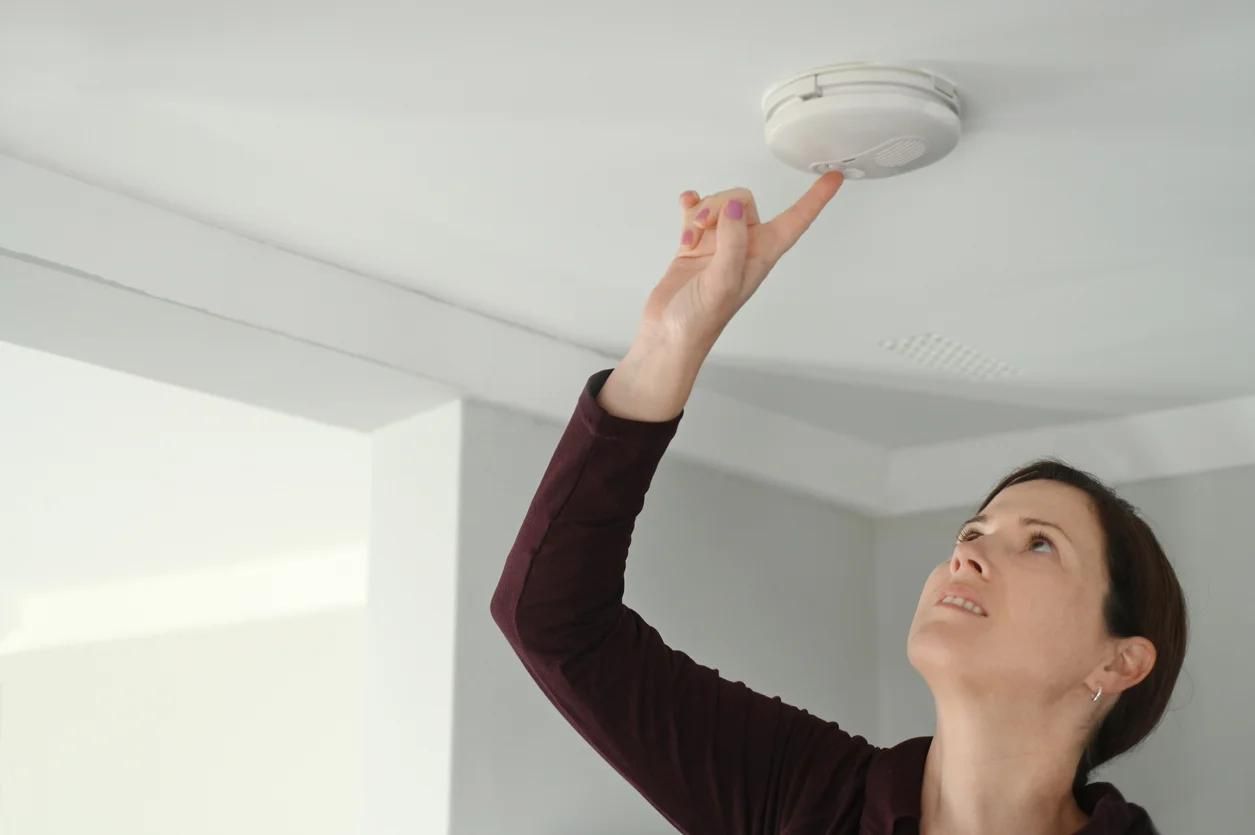
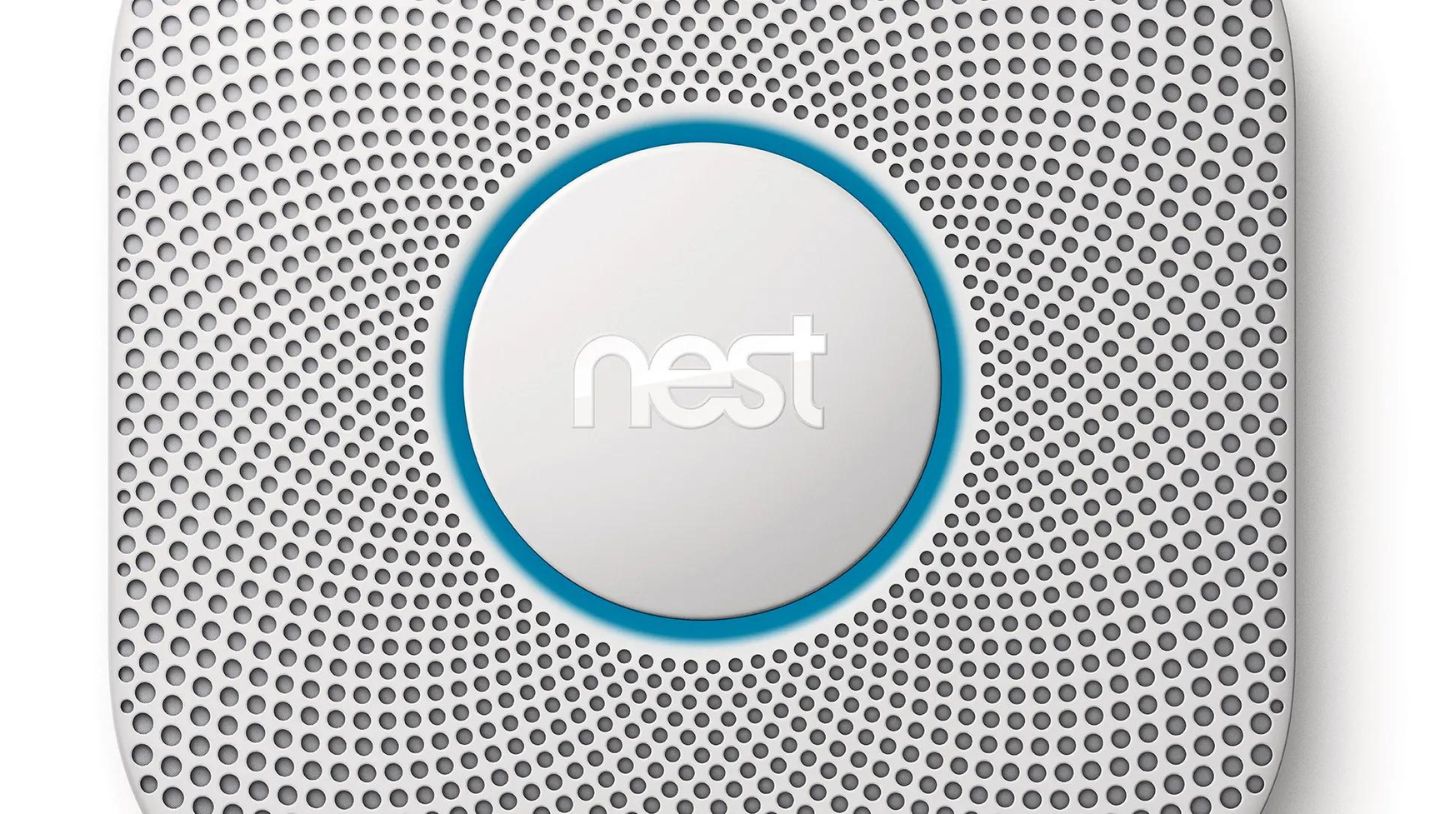
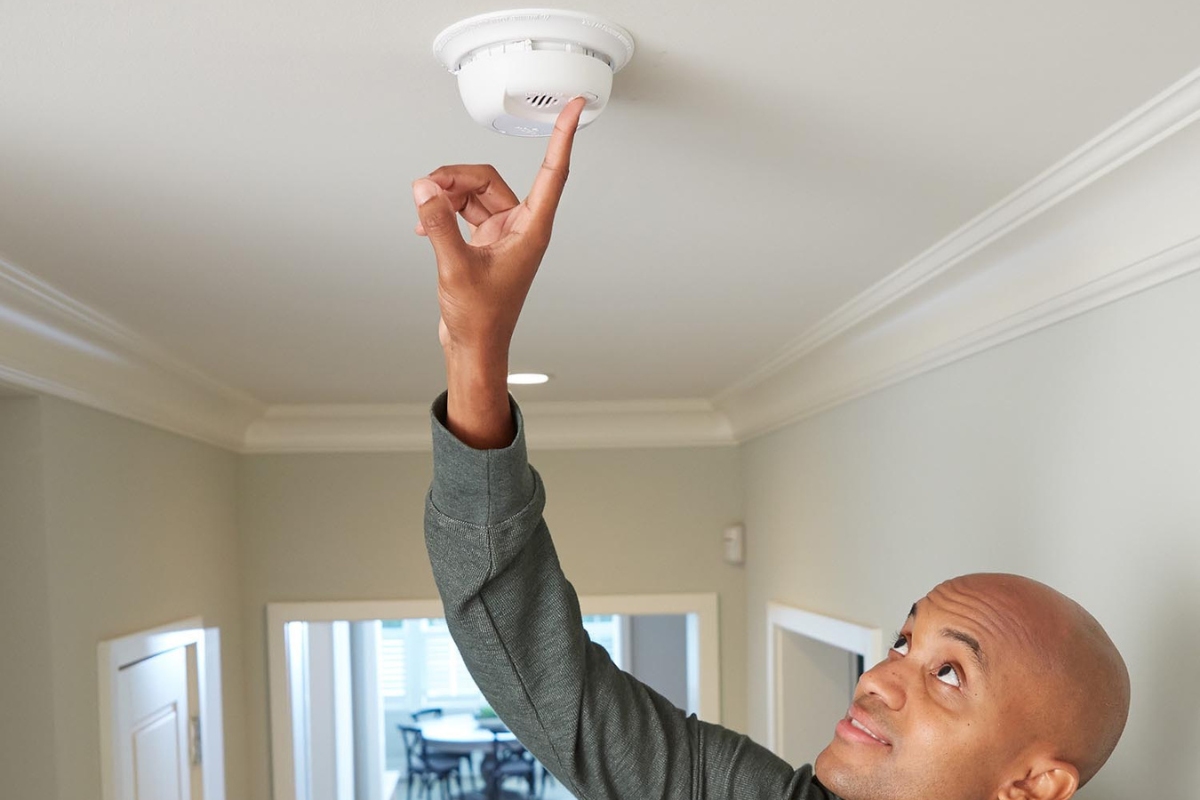
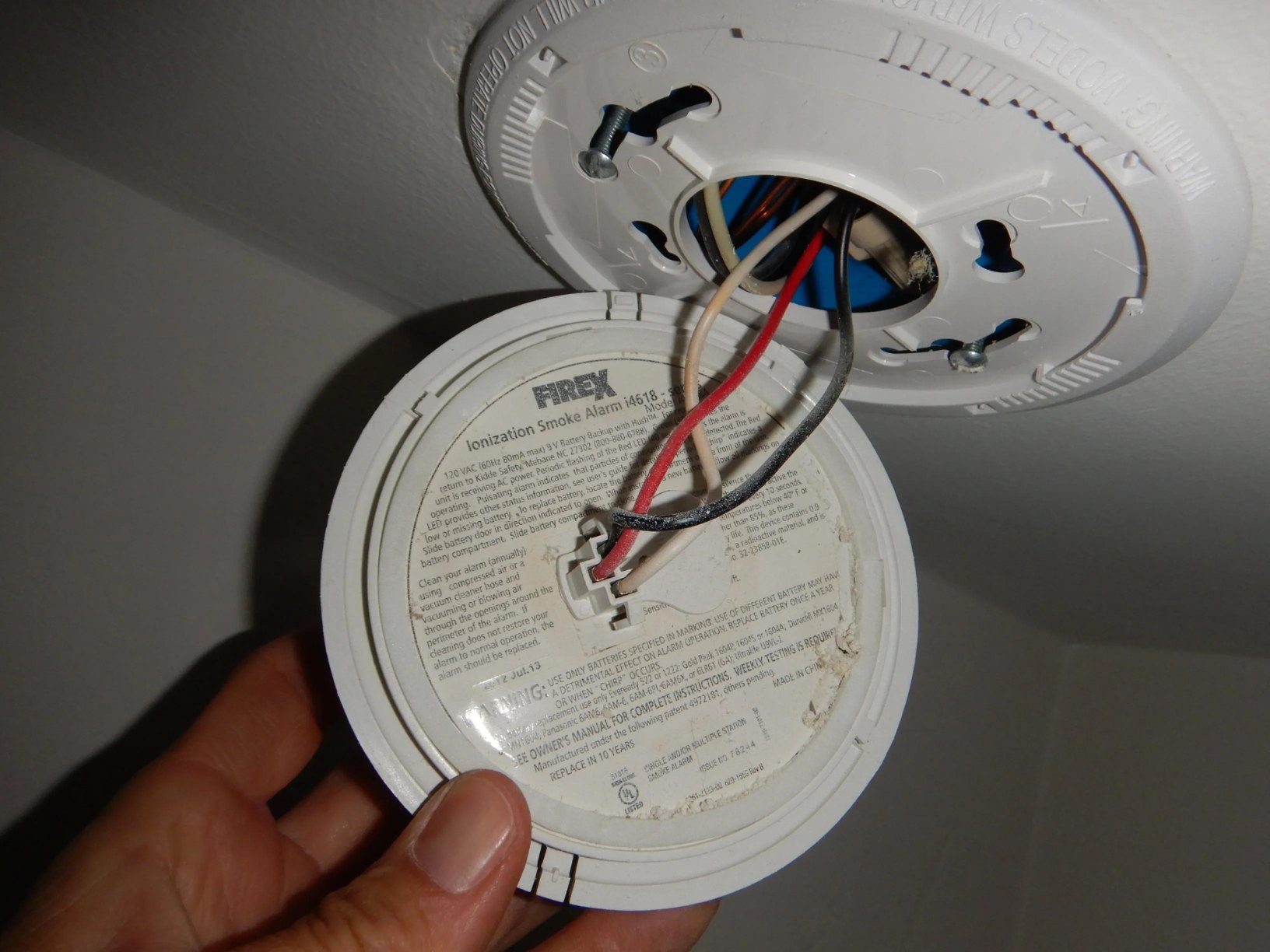
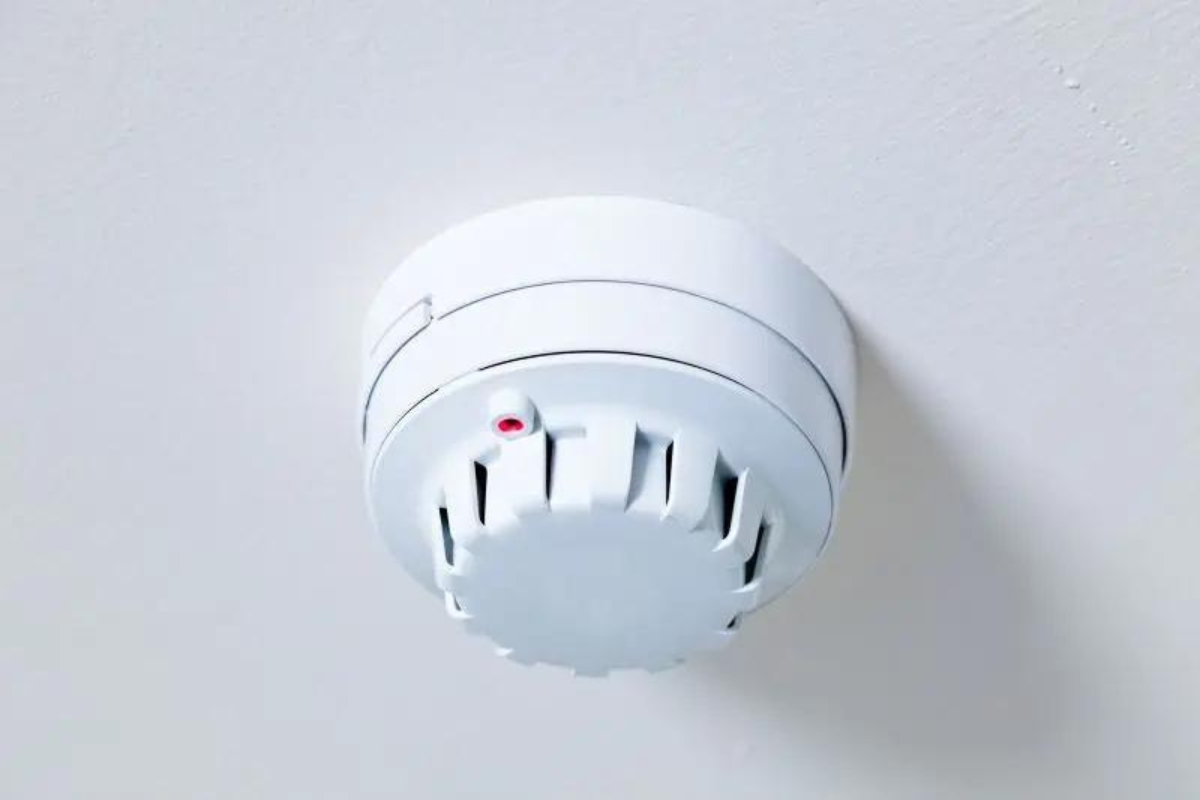
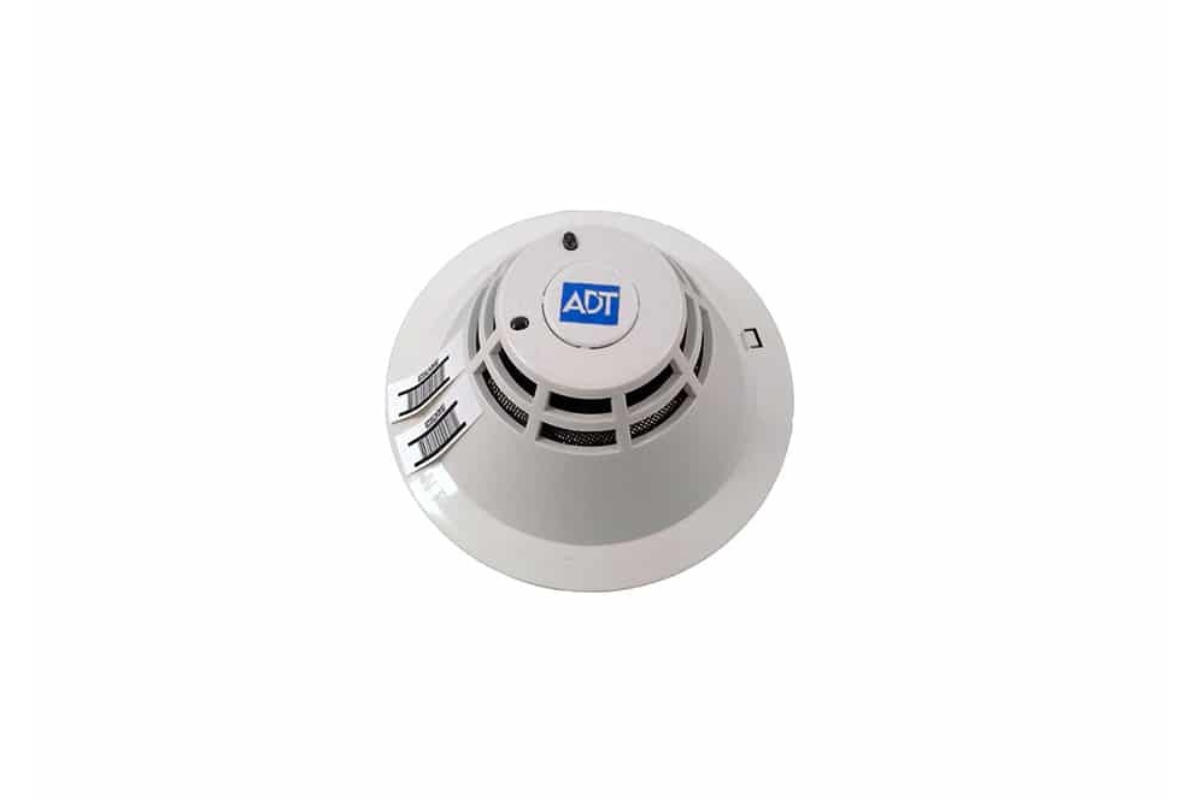
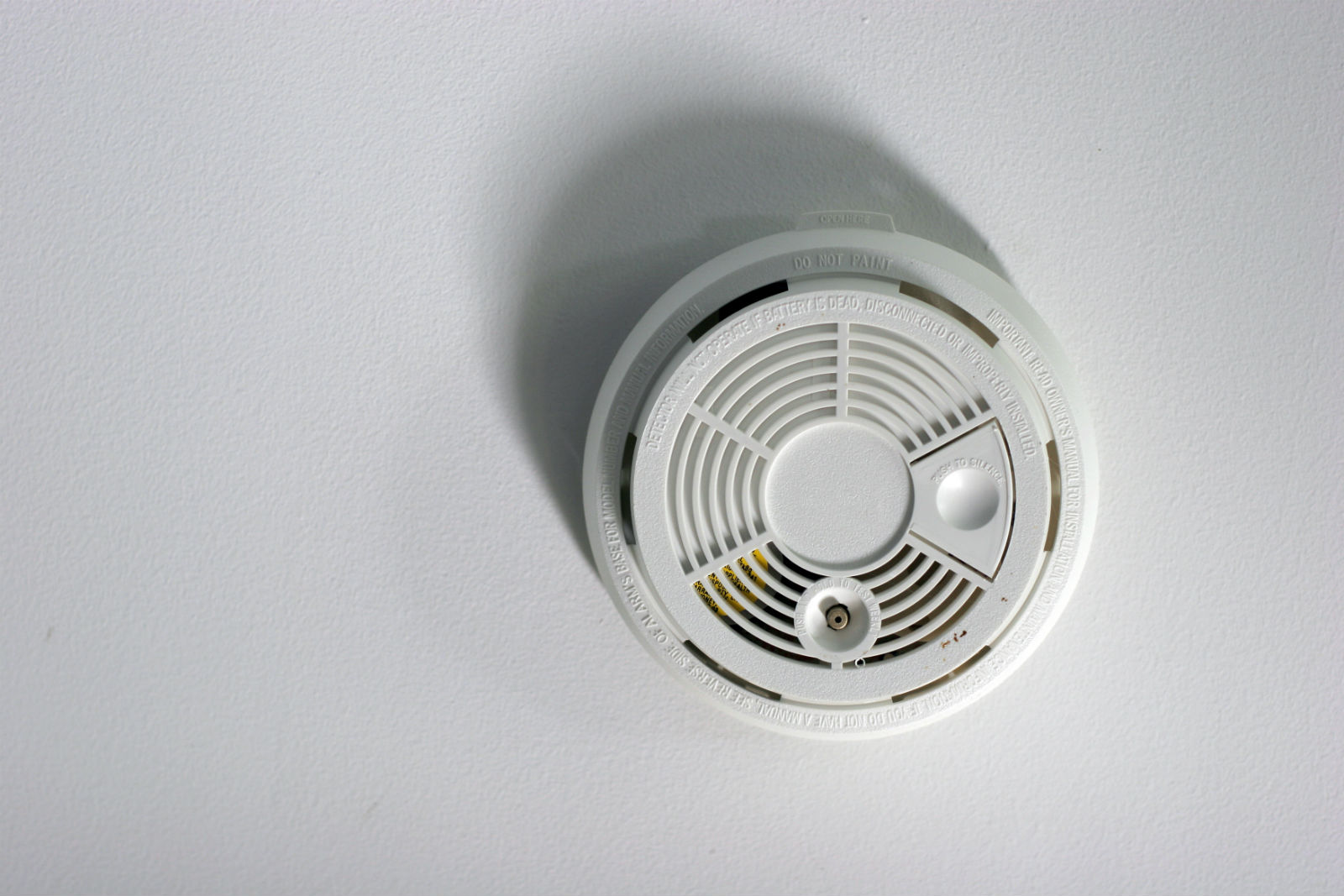
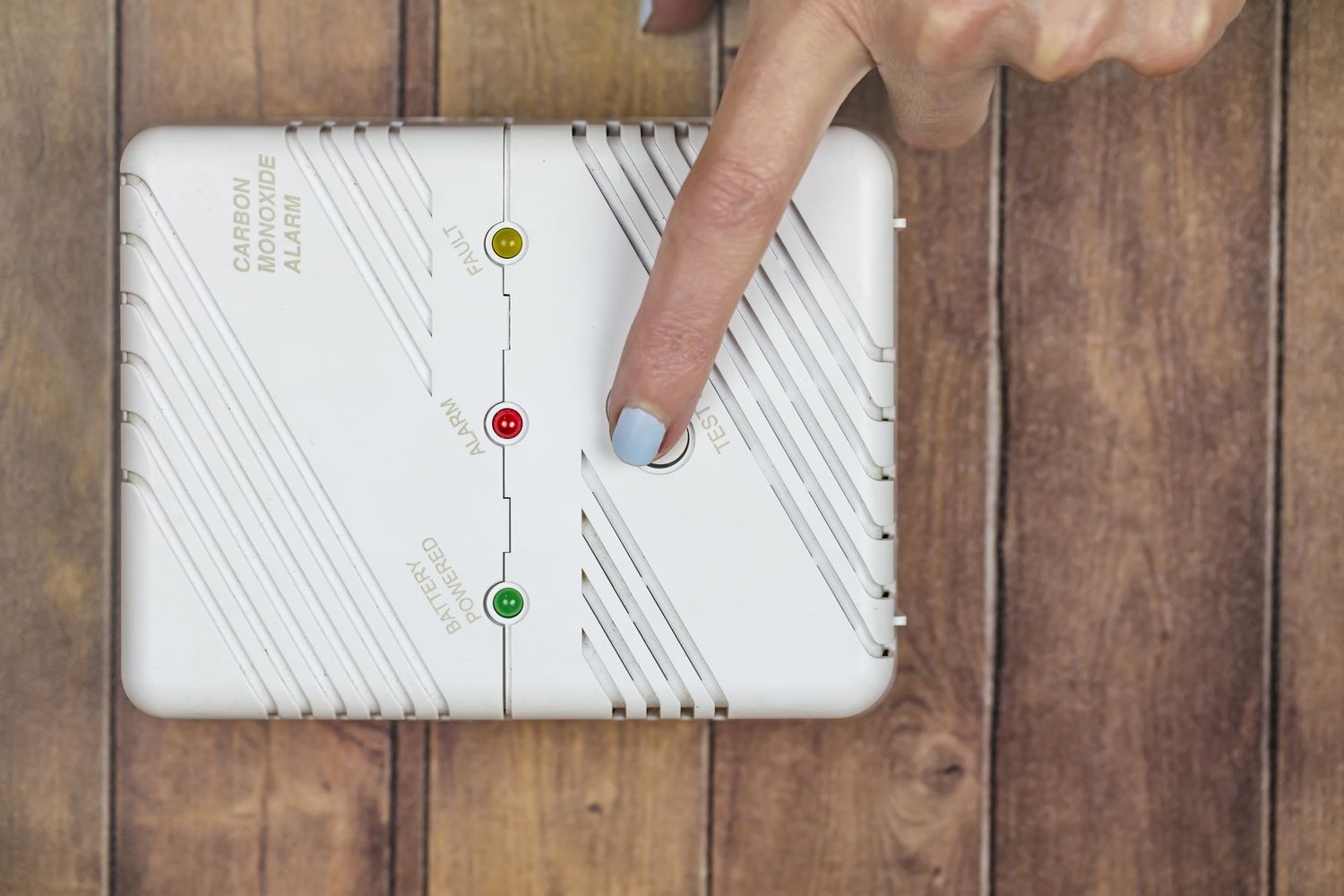
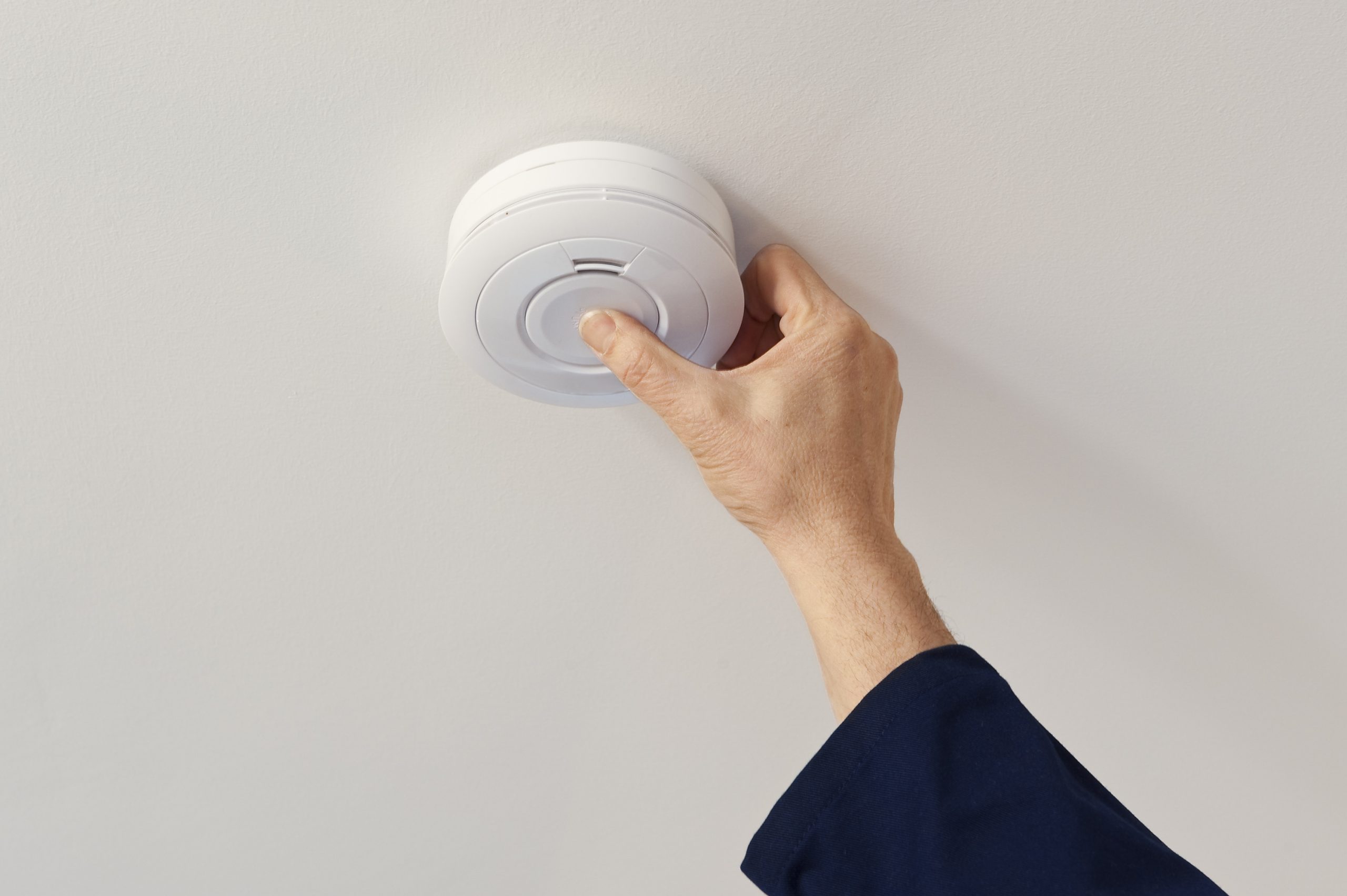
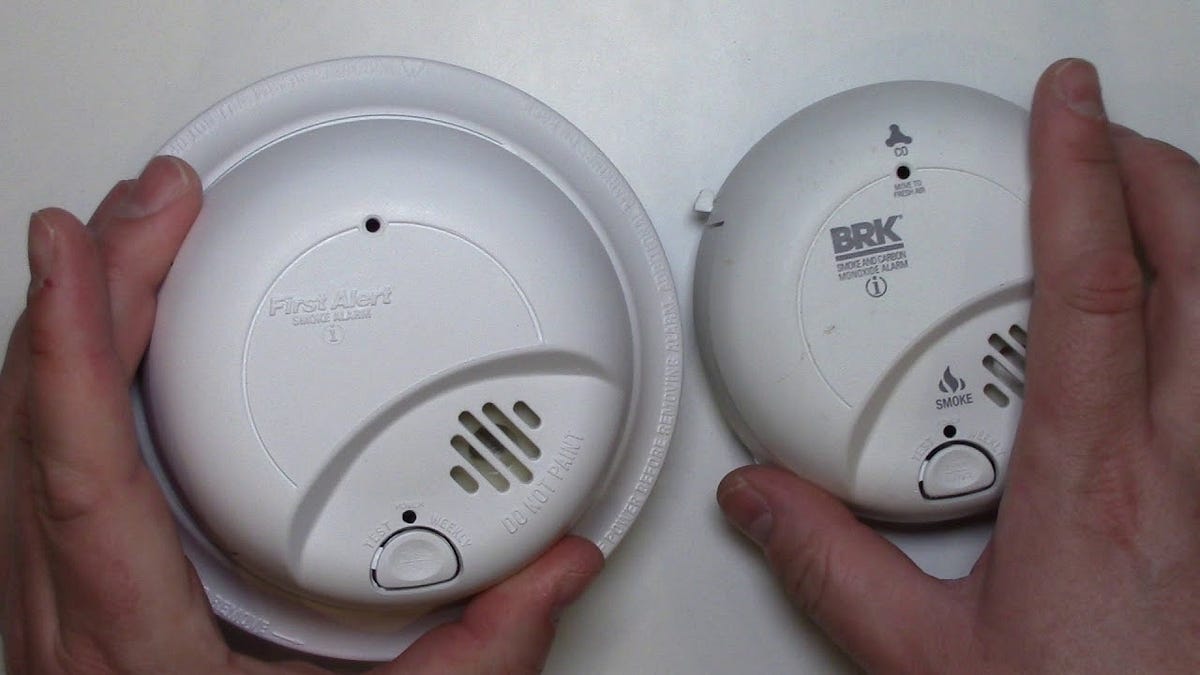

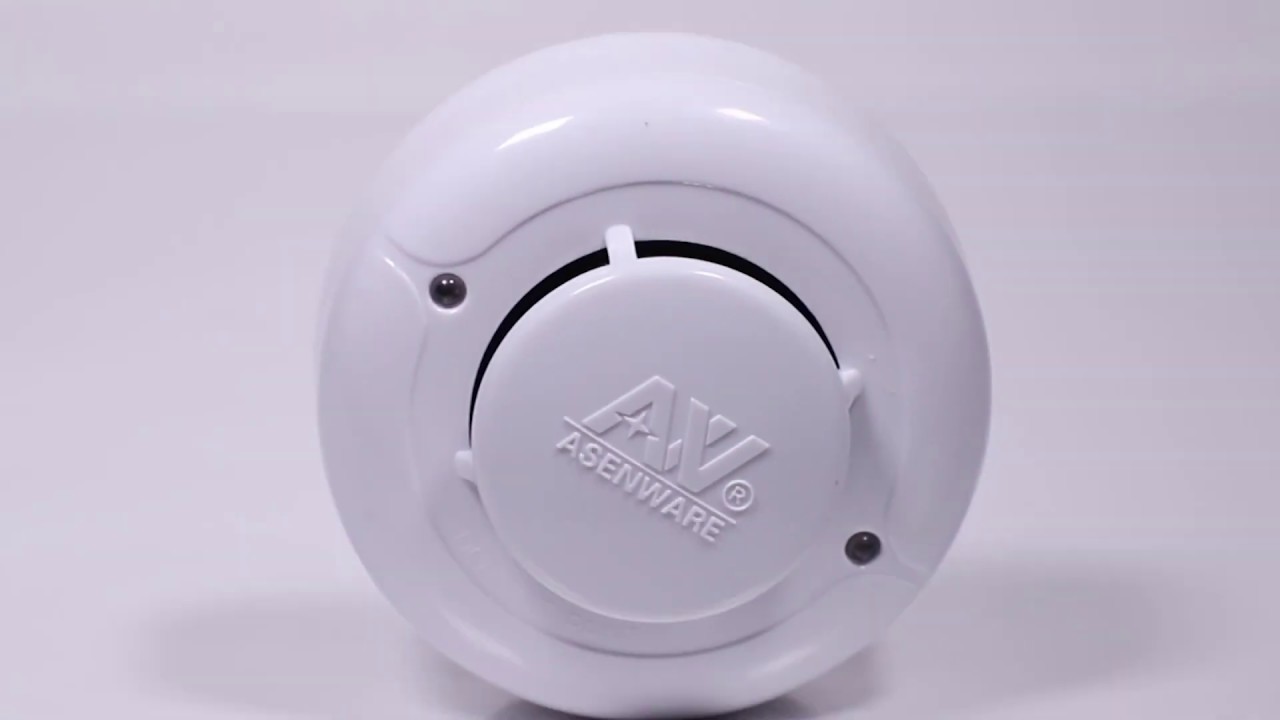
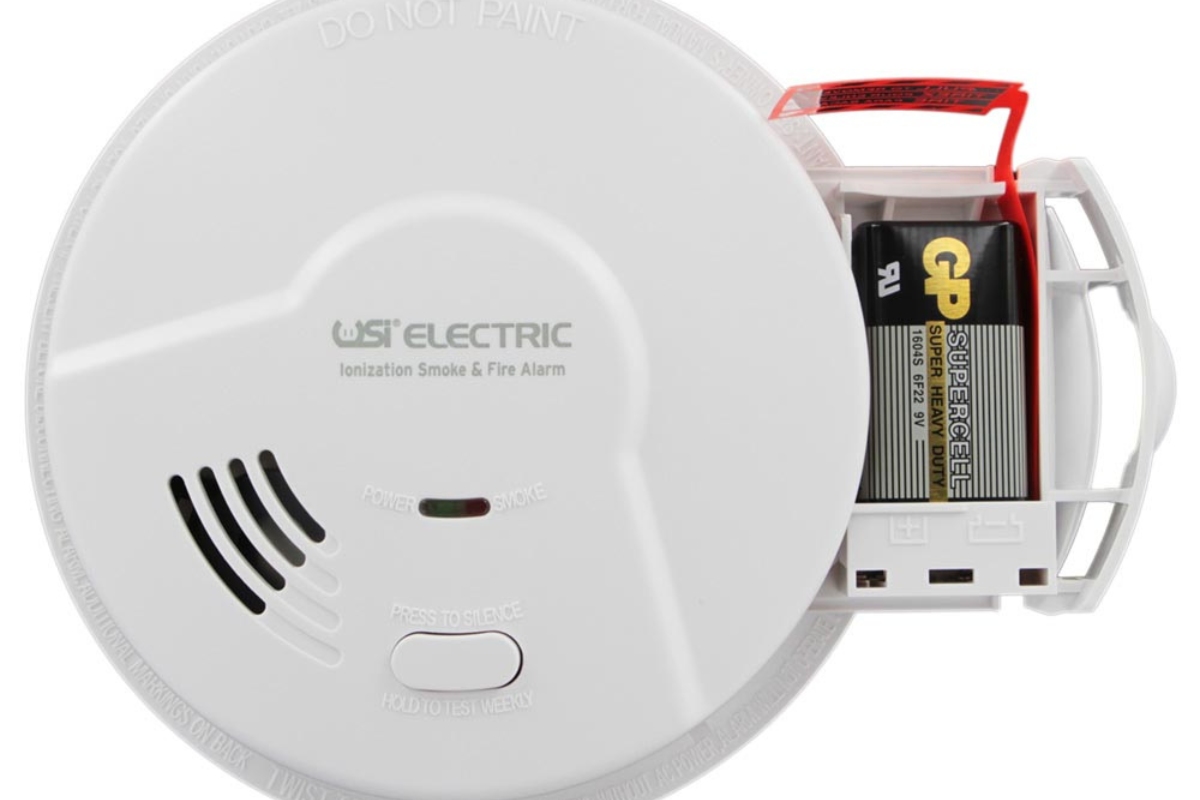

0 thoughts on “What To Do When A Smoke Detector Keeps Beeping”